Home>Gardening & Outdoor>Landscaping Ideas>How To Protect Grass From Heat
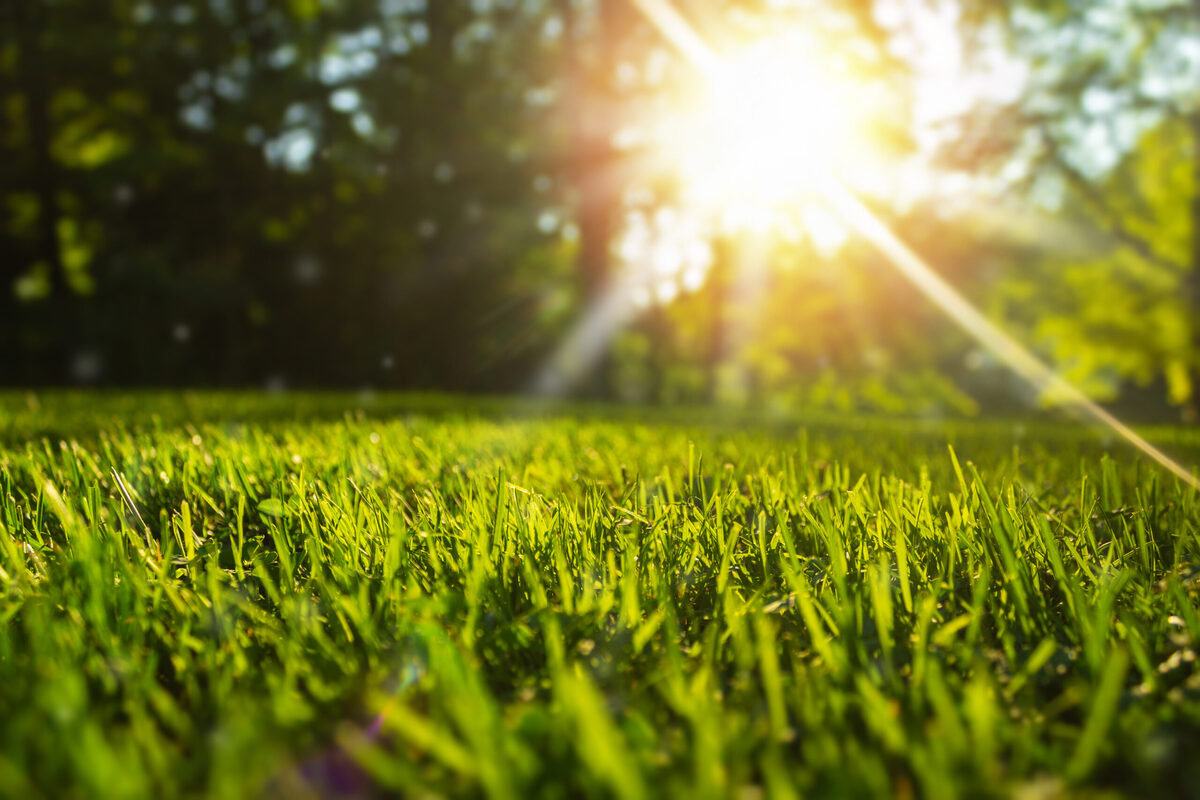

Landscaping Ideas
How To Protect Grass From Heat
Published: January 25, 2024
Learn effective landscaping ideas to protect your grass from heat and keep your lawn lush and healthy. Implement these strategies to maintain a vibrant and resilient lawn.
(Many of the links in this article redirect to a specific reviewed product. Your purchase of these products through affiliate links helps to generate commission for Storables.com, at no extra cost. Learn more)
Introduction
When the summer sun beats down relentlessly, your lush, green lawn can bear the brunt of the scorching heat. As a homeowner, it’s essential to understand the impact of high temperatures on your grass and the best practices for protecting it from heat stress. By taking proactive measures, you can ensure that your lawn remains vibrant and healthy throughout the sweltering summer months.
In this comprehensive guide, we’ll delve into the various strategies for safeguarding your grass from the damaging effects of heat. From selecting the right type of grass to implementing proper watering and maintenance techniques, we’ll explore practical steps to fortify your lawn against the heat’s onslaught. Additionally, we’ll discuss the role of shade and other protective measures in preserving the vitality of your grass during the hottest days of the year.
By familiarizing yourself with these valuable insights, you’ll be well-equipped to nurture a resilient and verdant lawn that can thrive even in the face of intense heat. Let’s embark on this journey to discover the secrets of safeguarding your grass from the scorching summer sun.
Key Takeaways:
- Choose heat-resistant grass types like Bermuda grass and Zoysia grass for a lush lawn that can withstand scorching temperatures and thrive in hot climates.
- Water deeply in the morning, mow at the right height, and create shade with trees and structures to protect your grass from heat stress and keep it vibrant.
Read more: How To Protect Grass From Cars
Understanding the Effects of Heat on Grass
As the temperature rises, grass endures a series of physiological challenges that can compromise its health and appearance. One of the most significant impacts of heat on grass is increased water loss through evapotranspiration, the combined process of water evaporation from the soil and transpiration from the plant’s leaves. This heightened water loss can lead to dehydration and wilting, causing the grass to lose its vibrant green hue and become brittle.
Furthermore, prolonged exposure to high temperatures can impede the grass’s ability to undergo photosynthesis, the vital process through which plants convert light energy into chemical energy to fuel their growth. As a result, the grass may exhibit slowed growth, reduced vigor, and diminished resilience in the face of environmental stressors.
Moreover, heat stress can render grass more susceptible to pest infestations and diseases, weakening its natural defenses and creating an environment conducive to destructive organisms. Additionally, excessive heat can lead to soil compaction, hindering the infiltration of water and essential nutrients to the grassroots.
By comprehending the multifaceted effects of heat on grass, homeowners can appreciate the urgency of implementing protective measures to mitigate these detrimental consequences. In the following sections, we’ll explore the proactive steps you can take to shield your grass from the ravages of heat and sustain its vitality throughout the summer.
Choosing the Right Grass Type for Heat Resistance
When it comes to fortifying your lawn against the scorching heat, selecting the appropriate grass type is a pivotal first step. Not all grass varieties are created equal in their ability to withstand high temperatures and thrive in hot climates. Therefore, it’s imperative to opt for a heat-resistant grass species that can endure the rigors of intense heat and sunlight.
Warm-season grasses, such as Bermuda grass, Zoysia grass, and St. Augustine grass, are renowned for their exceptional heat tolerance and resilience. These grasses are well-suited to regions with long, hot summers and exhibit remarkable drought resistance, making them ideal choices for homeowners in arid or semi-arid climates.
Conversely, cool-season grasses like Kentucky bluegrass and fescue varieties are less adept at coping with high temperatures and may struggle to thrive in intensely hot environments. However, certain cultivars within these species, such as tall fescue, demonstrate improved heat tolerance and can offer viable options for homeowners in transitional climate zones.
Before selecting a grass type, consider the specific climatic conditions and environmental factors in your region. Consult with local landscaping professionals or extension services to identify the most suitable grass species for your area’s climate and soil type. By choosing a heat-resistant grass variety tailored to your locale, you can lay a resilient foundation for a thriving, heat-tolerant lawn.
Furthermore, incorporating a blend of heat-tolerant grass cultivars can enhance the overall resilience of your lawn, providing a diverse genetic makeup that can better withstand a range of environmental stressors. By carefully curating a blend of grass types renowned for their heat resistance, you can bolster your lawn’s ability to endure the sweltering summer heat and maintain its lush, verdant allure.
Proper Watering Techniques
Effective watering practices are paramount in safeguarding your grass from the deleterious effects of heat stress. By employing proper watering techniques, you can ensure that your lawn remains adequately hydrated and resilient in the face of scorching temperatures.
One of the fundamental principles of efficient watering is to prioritize deep, infrequent watering sessions over frequent, shallow irrigation. Deep watering encourages the development of robust, deep root systems, enabling the grass to access moisture stored in the lower layers of the soil. This, in turn, enhances the grass’s resilience to heat and drought, as deep roots can withstand water scarcity and maintain the plant’s vigor during periods of intense heat.
It’s essential to water your lawn during the early morning hours, preferably before 10 a.m., to capitalize on the cooler temperatures and reduce water loss through evaporation. Morning watering also allows the grass blades to dry off gradually, minimizing the risk of fungal diseases that thrive in damp, humid conditions.
When determining the frequency of watering, consider the specific needs of your grass type and the prevailing weather conditions. During periods of extreme heat, it may be necessary to increase the frequency of watering while remaining mindful of water conservation practices. Implementing a smart irrigation system with programmable schedules and moisture sensors can help optimize water usage and prevent overwatering or underwatering.
Furthermore, when watering your lawn, strive to distribute the water evenly across the entire area to promote uniform growth and hydration. Pay attention to any signs of water runoff, which may indicate that the soil is unable to absorb water quickly enough, necessitating adjustments to the watering schedule or techniques.
By adhering to these proper watering practices, you can bolster the grass’s ability to withstand heat stress and maintain its lush, resilient demeanor throughout the sweltering summer months.
Water your grass deeply and less frequently to encourage deep root growth, which helps the grass withstand heat stress. Consider using shade structures or planting heat-tolerant grass varieties.
Mowing and Maintenance Tips
Proper mowing and maintenance practices play a pivotal role in fortifying your grass against the detrimental effects of heat and promoting its overall health and vitality. By adhering to the following guidelines, you can nurture a resilient, heat-tolerant lawn that remains lush and vibrant even in the face of scorching temperatures.
- Optimal Mowing Height: Adjust your mower to maintain the recommended mowing height for your specific grass type. During periods of intense heat, refrain from cutting the grass too short, as taller blades provide natural shade for the soil and promote deeper root growth, enhancing the grass’s ability to withstand heat stress.
- Sharp Blades: Ensure that your mower blades are sharp to achieve clean, precise cuts. Dull blades can tear the grass, leading to moisture loss and increased susceptibility to heat damage and diseases.
- Mowing Frequency: During hot weather, consider reducing the frequency of mowing to minimize stress on the grass. Avoid mowing during the peak heat of the day, opting for early morning or late afternoon sessions when the temperatures are milder.
- Grass Clippings: Leave grass clippings on the lawn to decompose and enrich the soil with essential nutrients. This natural mulching process can contribute to improved moisture retention and overall grass health.
In addition to mowing, regular maintenance tasks such as aeration, dethatching, and fertilization are integral to sustaining a resilient lawn in the face of heat stress. Aeration promotes better air and water penetration into the soil, enhancing root development and overall grass vigor. Dethatching removes accumulated organic debris, allowing for improved nutrient absorption and reducing the risk of heat-related stress. Furthermore, a well-balanced fertilization regimen can bolster the grass’s resilience and fortify its defenses against heat-induced damage.
By integrating these mowing and maintenance tips into your lawn care routine, you can cultivate a robust, heat-resistant grass that thrives in the face of summer’s most formidable challenges.
Read more: How To Protect Siding From Grill Heat
Using Shade and Other Protective Measures
Implementing strategic shade and protective measures can significantly mitigate the impact of heat stress on your grass, fostering a more hospitable environment for its growth and vitality. By leveraging natural shade, artificial shading techniques, and other protective measures, you can create a conducive microclimate that shields your lawn from the harshest effects of intense heat.
Strategic landscaping can be employed to maximize natural shade on your lawn. Consider planting trees, shrubs, or other shade-providing vegetation strategically to create shaded areas that offer respite from the direct sun. Additionally, structures such as pergolas, arbors, or strategically positioned umbrellas can offer supplementary shade, particularly in high-traffic or recreational areas of the lawn.
For areas where natural shade is limited, consider utilizing shade cloths or temporary shading structures to provide relief from the sun’s intense rays. These can be particularly beneficial for newly seeded or recently sodded areas that are more vulnerable to heat stress. By moderating the amount of direct sunlight reaching the grass, these protective measures can help maintain a cooler, more hospitable environment for the lawn.
Furthermore, applying a layer of organic mulch around trees, shrubs, and garden beds can contribute to moisture retention and soil temperature moderation, benefiting not only the surrounding plants but also the adjacent lawn. Mulching helps conserve soil moisture, reduces temperature fluctuations, and minimizes weed competition, all of which are advantageous for safeguarding the grass from heat stress.
Another effective protective measure involves limiting foot traffic on the lawn during periods of intense heat. Excessive trampling can exacerbate stress on the grass and compact the soil, impeding the penetration of air, water, and essential nutrients to the grassroots. Encourage family members and guests to tread lightly on the lawn, particularly when temperatures are at their peak.
By integrating these shade and protective measures into your lawn care regimen, you can create a more resilient and heat-tolerant environment for your grass, fostering its longevity and vibrancy throughout the challenging summer months.
Conclusion
As the scorching summer sun bears down on your lawn, the proactive measures you implement can make all the difference in safeguarding your grass from the ravages of heat stress. By understanding the multifaceted effects of heat on grass and adopting strategic protective strategies, you can nurture a resilient, heat-tolerant lawn that remains lush and vibrant despite the challenging environmental conditions.
Choosing the right grass type tailored to your region’s climate, soil, and sunlight exposure sets the stage for a robust, heat-resistant lawn. Warm-season grasses, renowned for their exceptional heat tolerance, can thrive in arid or semi-arid climates, while certain cultivars within cool-season species offer viable options for transitional zones.
Effective watering techniques, emphasizing deep, infrequent watering and early morning irrigation, ensure that your grass remains adequately hydrated and fortified against heat stress. Furthermore, prioritizing proper mowing and maintenance practices, including optimal mowing height, sharp blades, and aeration, contributes to the grass’s resilience and vitality during the hottest months of the year.
Strategic shade and protective measures, such as natural shade from trees and structures, shade cloths, and limited foot traffic, create a more hospitable microclimate for the grass, shielding it from the harsh effects of intense heat. These measures contribute to a cooler, more nurturing environment that supports the grass’s health and longevity.
By integrating these insights into your lawn care regimen, you can cultivate a verdant, heat-tolerant oasis that defies the oppressive summer heat and remains a source of beauty and respite for your outdoor space. Embrace these proactive measures, and witness your grass thrive and flourish, resilient in the face of the season’s most formidable challenges.
With a blend of thoughtful planning, strategic care, and a deep understanding of your grass’s needs, you can empower your lawn to withstand the heat and emerge vibrant and resilient, a testament to your dedication and nurturing touch.
Frequently Asked Questions about How To Protect Grass From Heat
Was this page helpful?
At Storables.com, we guarantee accurate and reliable information. Our content, validated by Expert Board Contributors, is crafted following stringent Editorial Policies. We're committed to providing you with well-researched, expert-backed insights for all your informational needs.
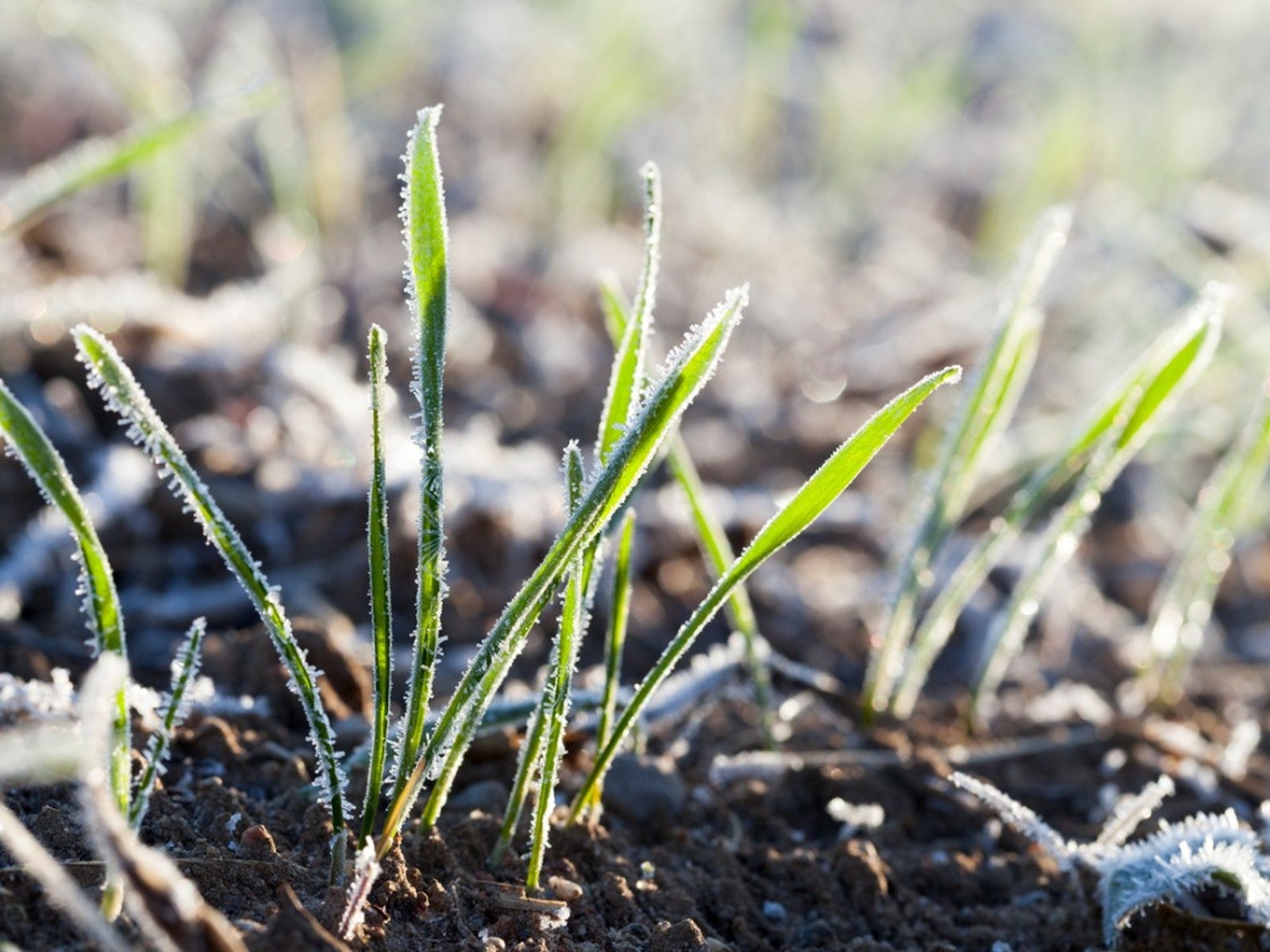
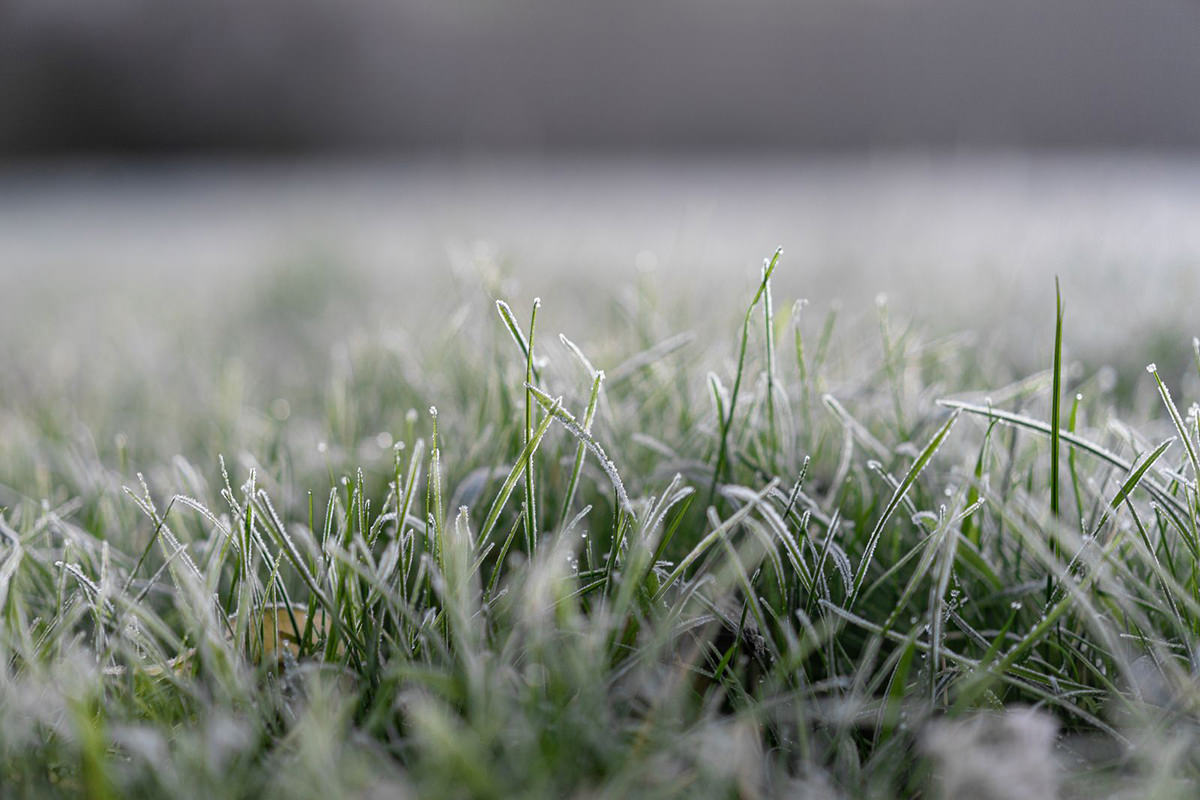
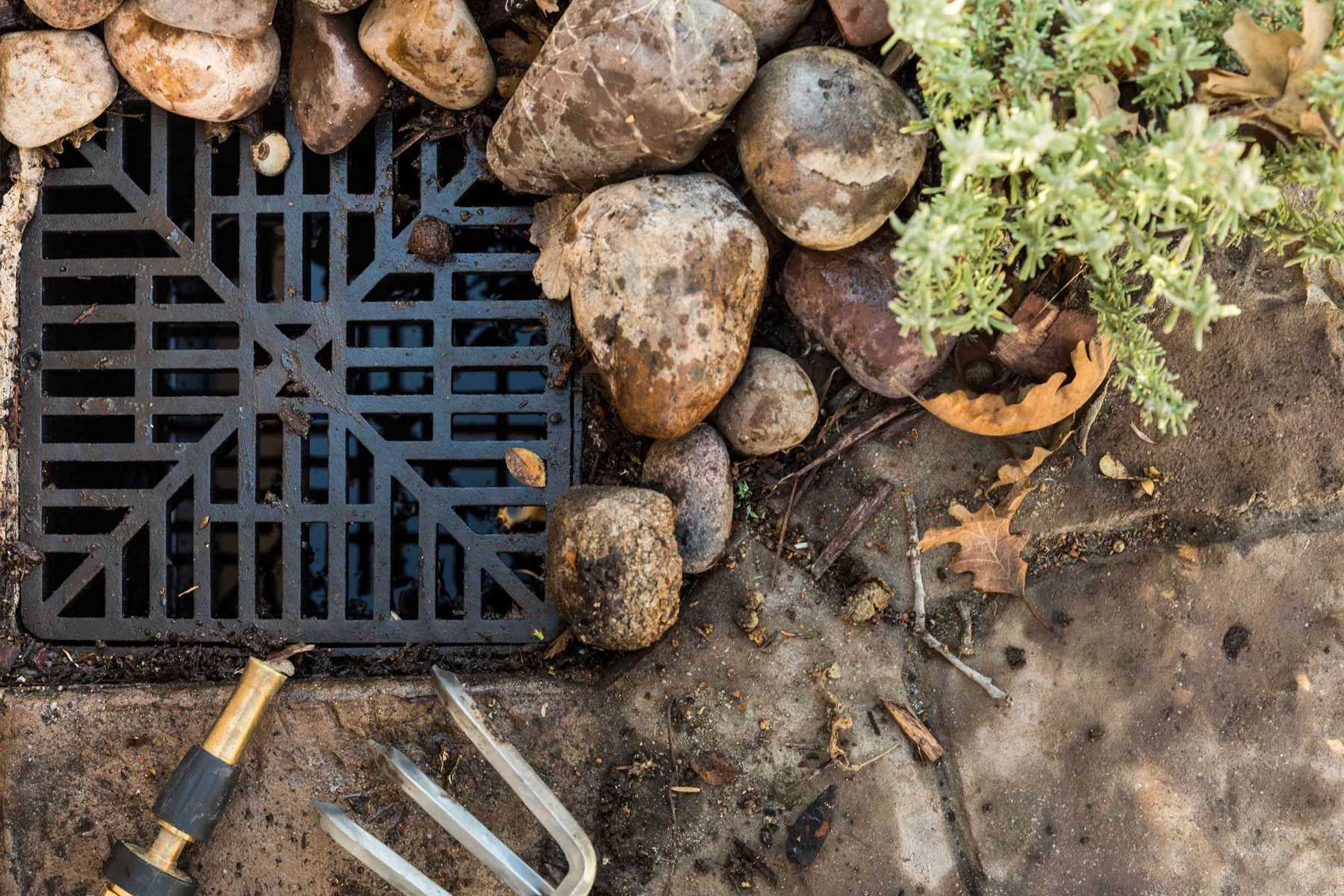
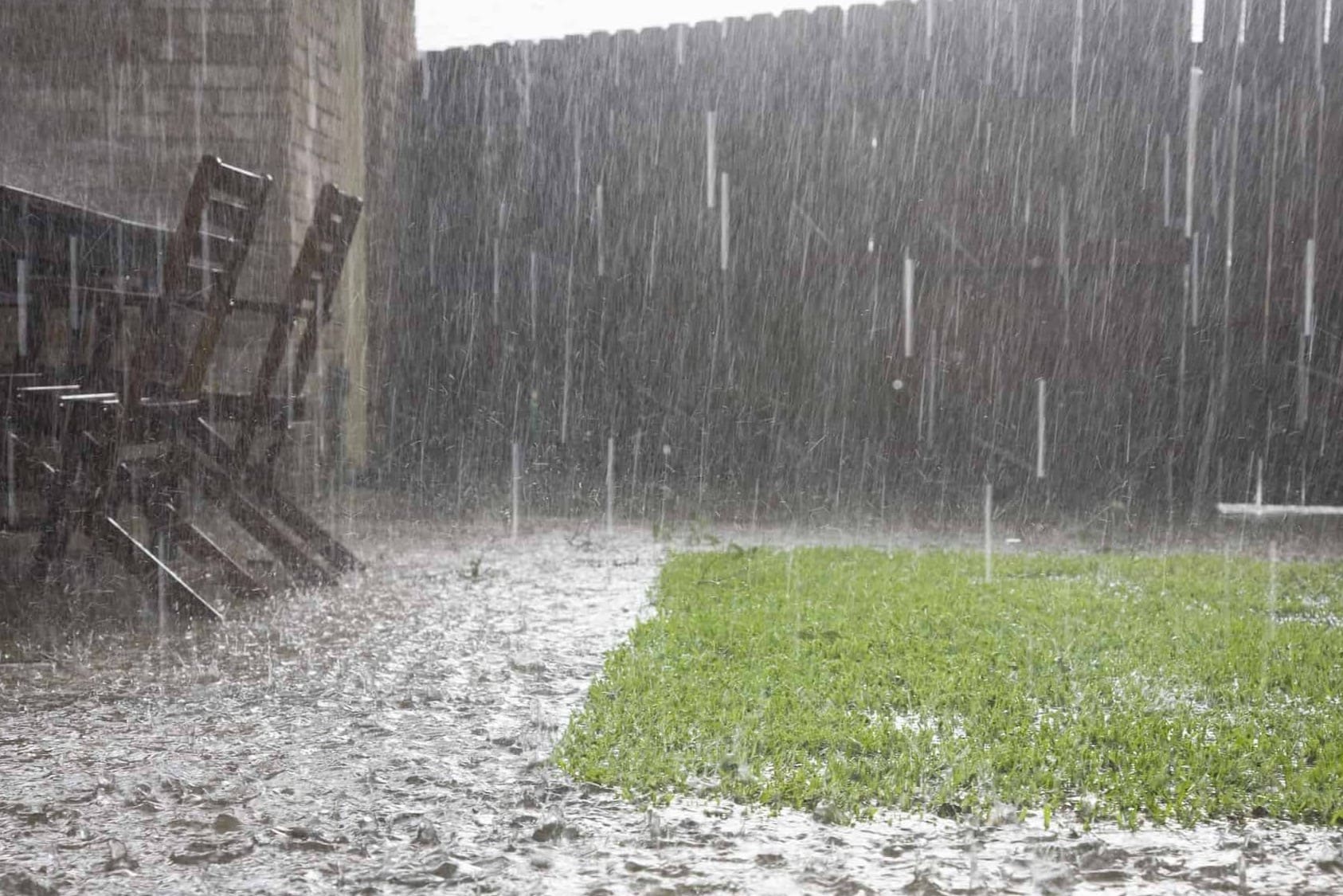
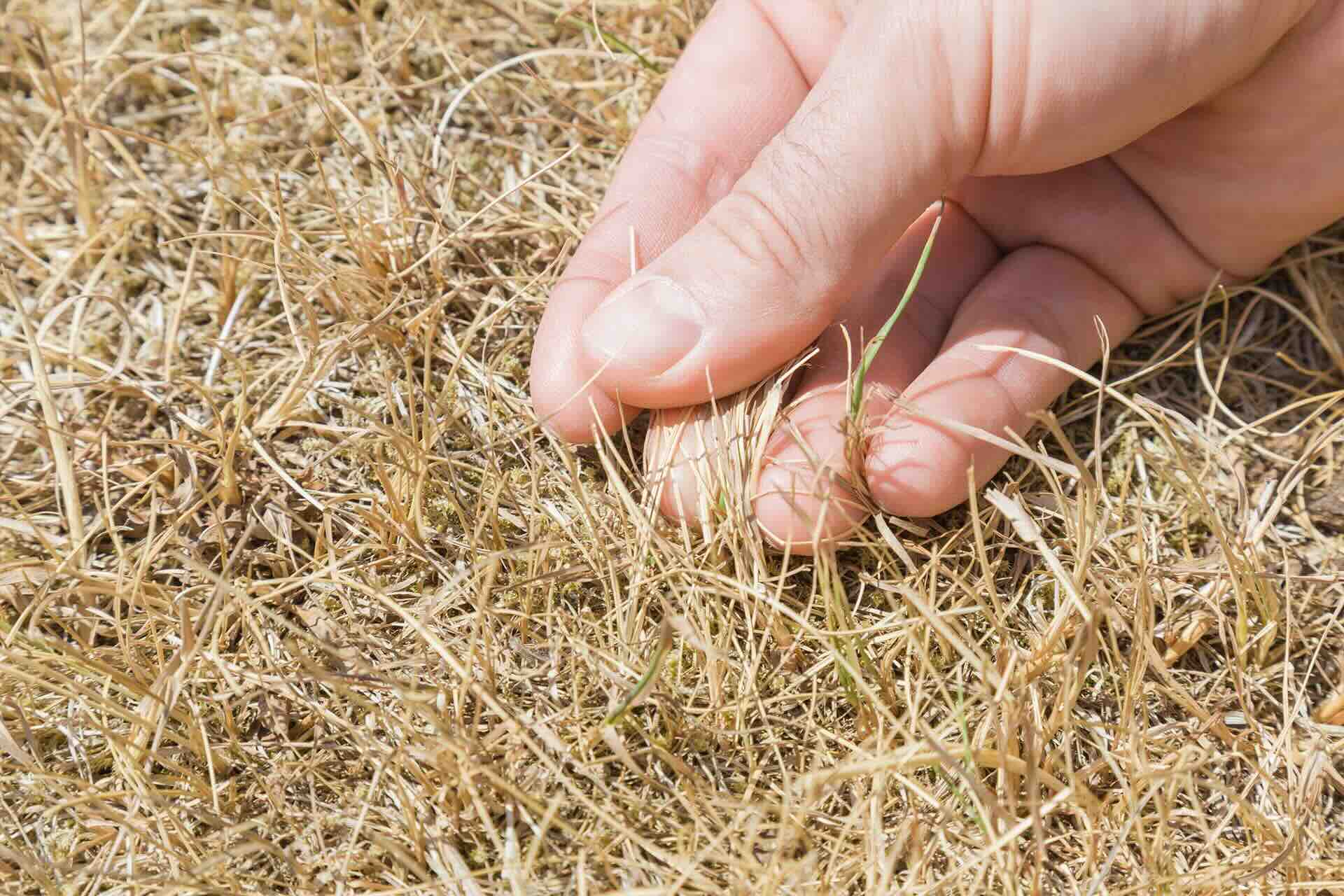

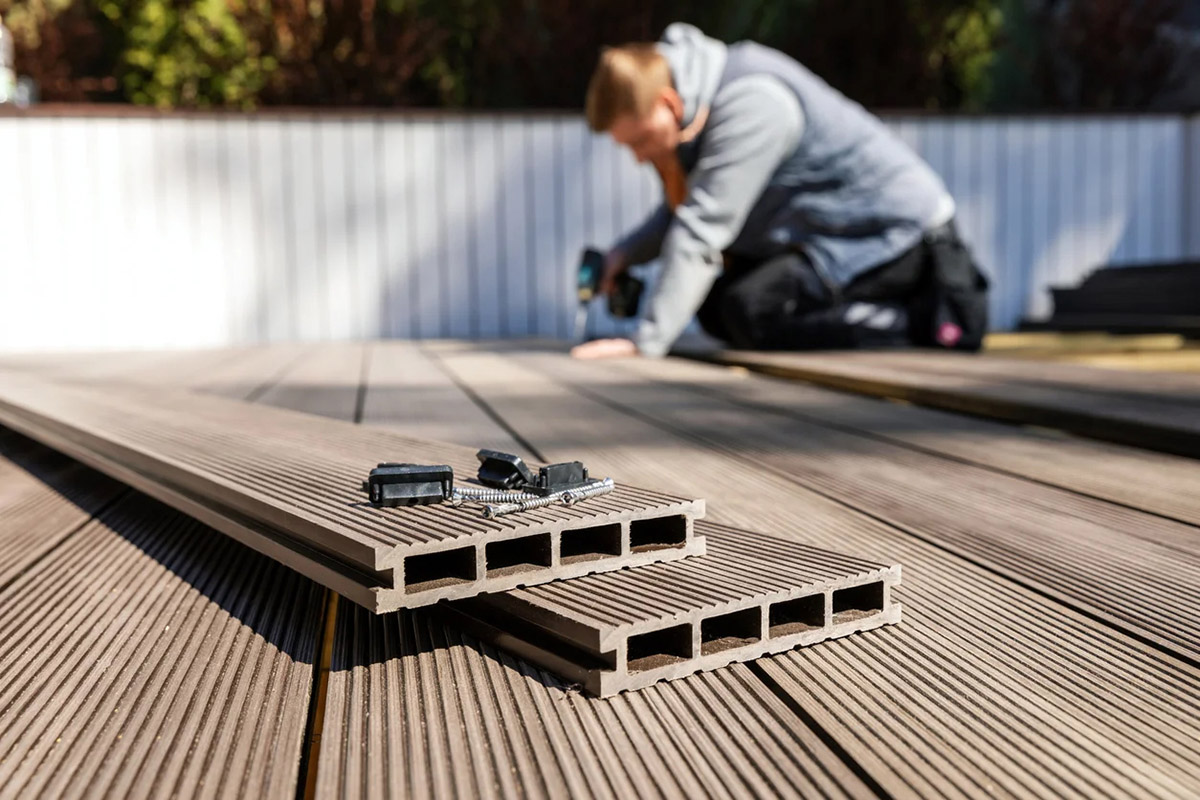



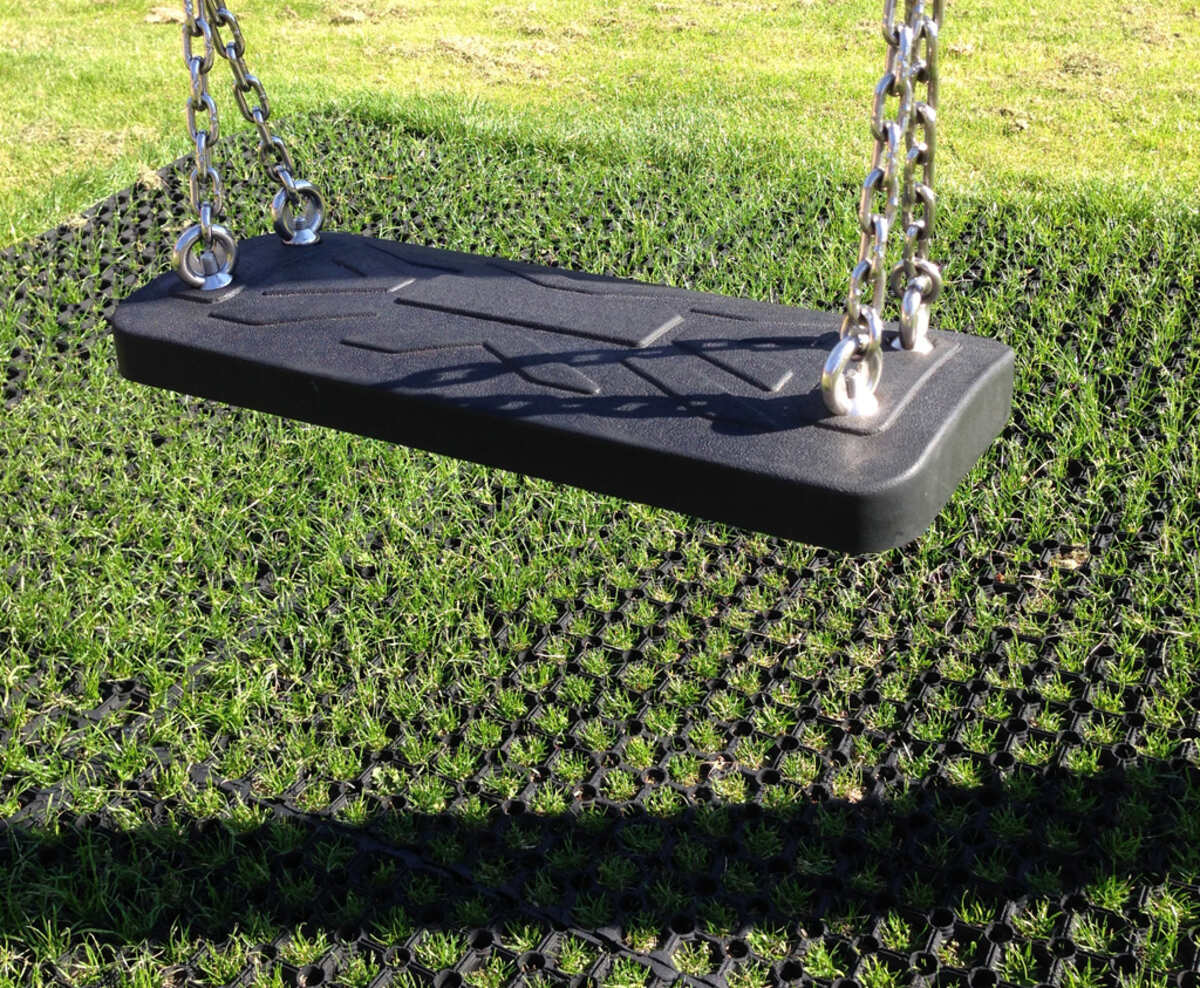


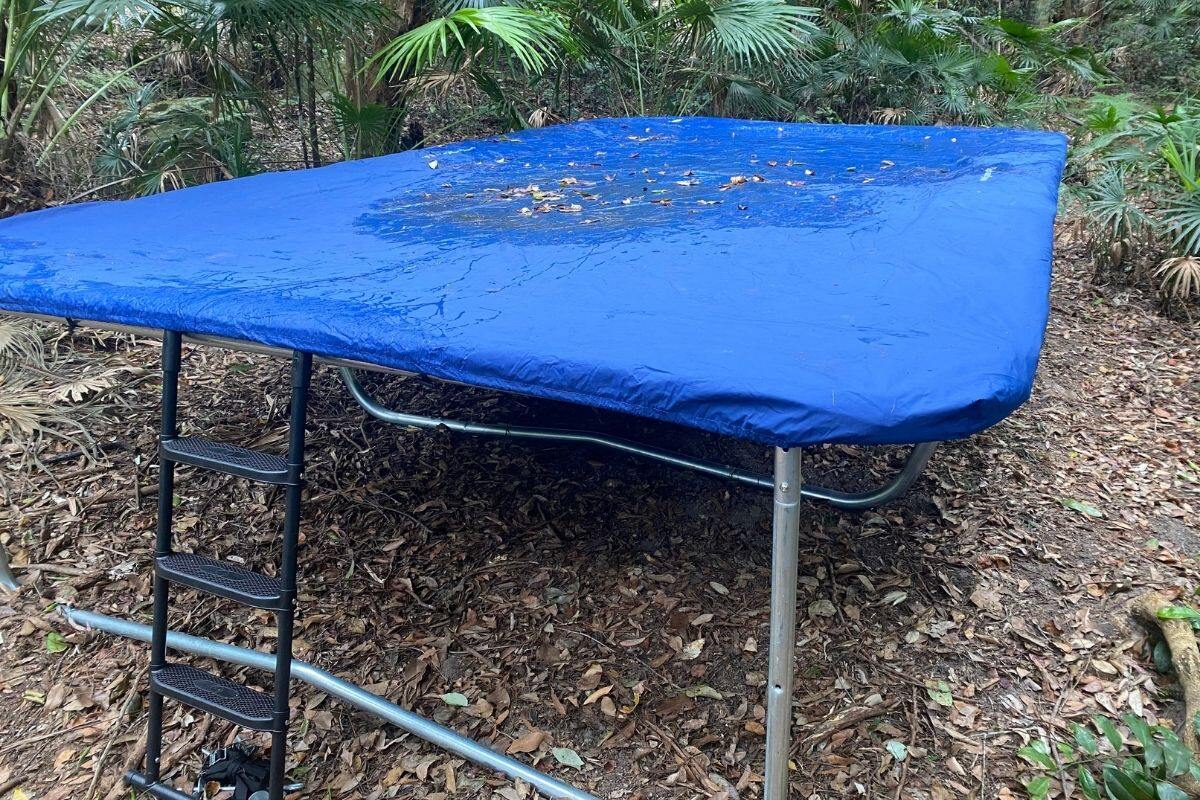

0 thoughts on “How To Protect Grass From Heat”